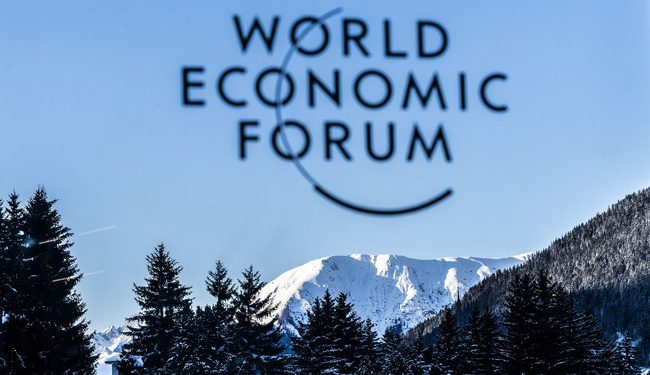Biodiversity Credits Report
The World Economic Forum (WEF) releases a biodiversity credits report, which aims to introduce biodiversity credits and analyze the global biodiversity credits market.
WEF believes that since the establishment of the Kunming-Montreal Global Biodiversity Framework (GBF) in December 2022, the world has an annual biodiversity financing gap of more than US$700 billion. Biodiversity credits could be a tool to bring positive effects to nature and ecosystems.
Related Post: Finance for Biodiversity Foundation Releases Guidance for Financial Institutions
Introduction to Biodiversity Credits
Biodiversity credits are financial instruments that finance positive actions for biodiversity through the creation and sale of biodiversity units. Its English names include Biodiversity Credits, Biocredits, Biodiversity Certificate, Nature Credits, etc. Biodiversity credits are verifiable and tradable instrument.
Biodiversity credits are related to carbon credits. The goal of both is to encourage positive actions for the environment, and carbon credits already have standardized measurement methods, such as carbon dioxide emission reductions. Biodiversity is more complex, and it is difficult to have a consistent way of standardizing, so there are differences between biodiversity credits. At the same time, biodiversity credits are also different from biodiversity offsets, which invest in biodiversity to compensate for negative impacts.

Characteristics of Biodiversity Credits
As a financial instrument, biodiversity credits have some key characteristics:
- Verifiable: Biodiversity credits can be inspected and verified by third parties. These assurance mechanisms include certification, risk ratings and research to determine that biodiversity credits can produce positive results.
- Quantifiable: Biodiversity credits exist in unit form and have comparable characteristics. Although the current complexity of biodiversity is such that different units of biodiversity exist simultaneously, measurements and benchmarks may become increasingly consistent in the future.
- Tradable: Based on the two characteristics of being verifiable and quantifiable, biodiversity credits will be used as the subject of transactions to provide incentives for entities that can provide biodiversity protection.
Biodiversity credits can be issued to stakeholders in both terrestrial and marine ecosystems, helping to close the nature financing gap, with prices determined by both sides of the market. Biodiversity credits markets may be like voluntary carbon markets in that both provide positive impacts to the environment in the form of resources. The difference is that the market mechanism for biodiversity credits has not yet been established, and the highly localized characteristics make the liquidity of biodiversity credits likely to be low.
Market Demand for Biodiversity Credits
WEF believes that many factors will promote market transactions of biodiversity credits. There are many stakeholders with corresponding needs when it comes to restoring, protecting, and sustainably managing biodiversity. For companies, ecosystems play an important role in their business models, and the protection of biodiversity will enhance financial performance and enhance reputation. For regulators, the implementation of some nature-related financial information disclosure policies also requires the market to expand biodiversity financing. For financial institutions, using biodiversity credits can improve the biodiversity performance of investment portfolios, improve ESG ratings and attract investors.
To promote the development of the biodiversity credits market, WEF put forward three suggestions:
- Build the business case for the demand side: link nature performance to sustainable development and develop biodiversity credits that are consistent with the demand side’s own characteristics.
- Develop credible biodiversity credits: design biodiversity credits that can provide positive assistance.
- Establish biodiversity credits standards: ensure information transparency and increase trust in the market.
Reference:








